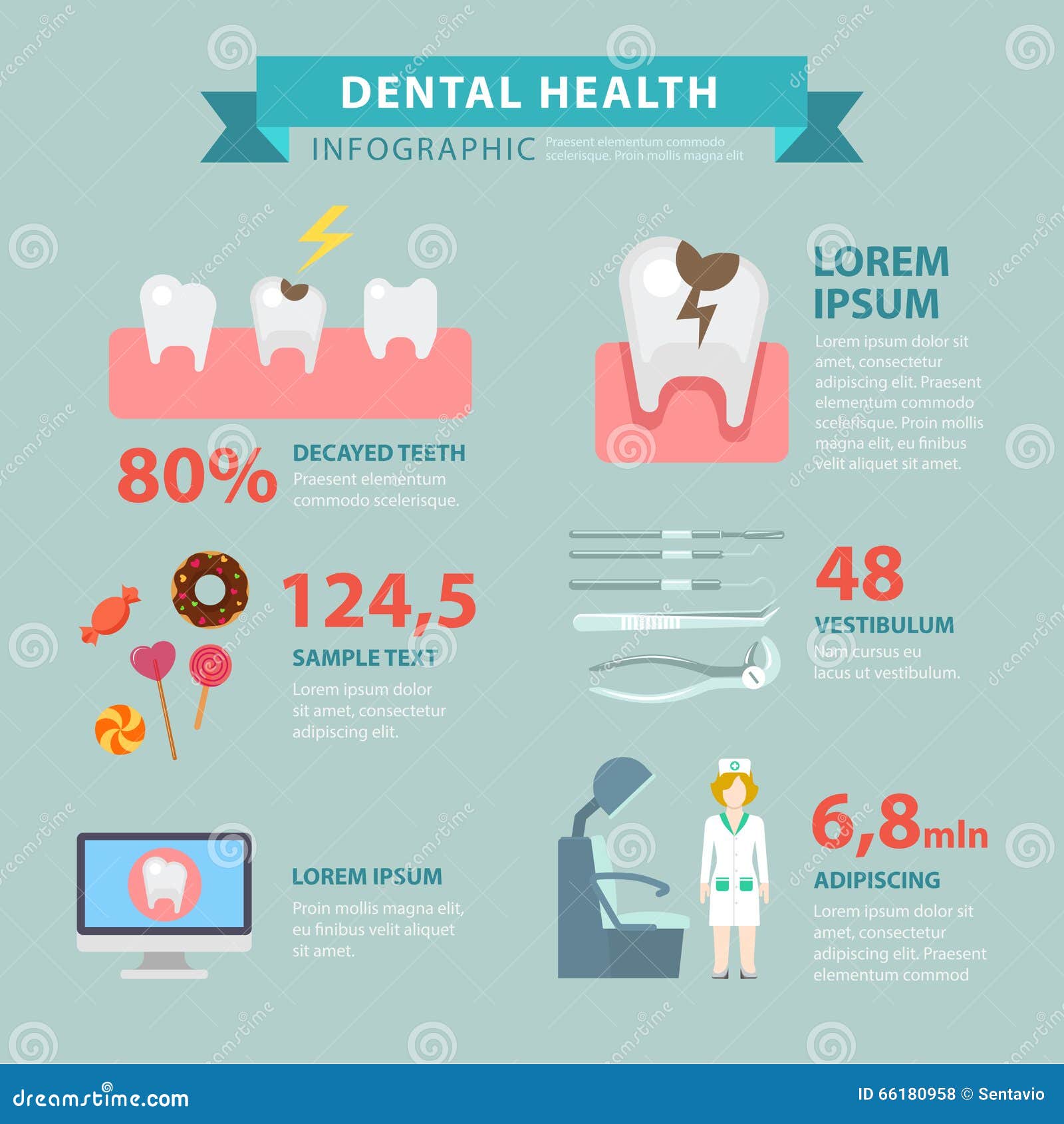The Following Period Of Dental Surgery: Advancement Innovations And Developments Reshaping The Specialty
The Following Period Of Dental Surgery: Advancement Innovations And Developments Reshaping The Specialty
Blog Article
Write-Up Composed By-Demir Dowd
Welcome to the globe of oral surgery, where advancements and advances are forming the future of the area! In this amazing world, you'll witness the transformative power of robotics, the advanced wonder of 3D printing, and the game-changing impact of minimally invasive strategies.
The future of dental surgery holds a pledge of precision, effectiveness, and enhanced client end results. With mission hill dental of advanced robotics, cosmetic surgeons have the ability to execute complex procedures with better precision and control.
3D printing innovation is reinventing the development of oral implants and prosthetics, providing customized remedies that fit perfectly into each person's special anatomy.
In addition, minimally invasive techniques are decreasing post-operative discomfort and healing time, allowing individuals to return to their every day lives sooner.
Prepare https://www.uschamber.com/co/good-company/launch-pad/how-3-brands-tapped-technology-to-slay-inventory-overhang to explore the amazing innovations and advances that are improving the landscape of oral surgery!
Improvements in Robotics
One major improvement in dental surgery is making use of robotic technology, which allows for precise and effective surgical procedures. With https://how-to-whiten-teeth-hydro73951.blogdal.com/33432555/just-how-can-your-food-options-impact-dental-implant-recuperation-discover-the-best-and-worst-alternatives-to-make-certain-a-smooth-healing-process of robot systems, dental cosmetic surgeons have the ability to carry out complicated surgical treatments with improved precision, decreasing the danger of human error.
These robotic systems are outfitted with sophisticated imaging technology and precise tools that enable doctors to browse via complex anatomical structures easily. By utilizing robotic modern technology, doctors can achieve better medical accuracy, leading to boosted patient end results and faster healing times.
On top of that, the use of robotics in dental surgery enables minimally intrusive treatments, decreasing the injury to surrounding tissues and promoting faster healing.
3D Printing in Dental Surgery
To boost the field of oral surgery, you can check out the subtopic of 3D printing in dental surgery. This ingenious modern technology has the potential to revolutionize the means oral specialists operate and treat individuals. Below are four vital ways in which 3D printing is shaping the area:
- ** Customized Surgical Guides **: 3D printing allows for the production of extremely precise and patient-specific surgical overviews, boosting the precision and efficiency of procedures.
- ** Implant Prosthetics **: With 3D printing, oral doctors can produce tailored implant prosthetics that completely fit a client's special anatomy, resulting in much better results and patient fulfillment.
- ** Bone Grafting **: 3D printing enables the production of patient-specific bone grafts, decreasing the requirement for typical grafting strategies and improving healing and recuperation time.
- ** Education and learning and Training **: 3D printing can be made use of to produce sensible medical models for educational functions, enabling oral doctors to practice complex treatments prior to doing them on clients.
With its prospective to improve accuracy, personalization, and training, 3D printing is an interesting growth in the field of dental surgery.
Minimally Invasive Methods
To further progress the field of dental surgery, embrace the potential of minimally invasive techniques that can greatly profit both cosmetic surgeons and clients alike.
Minimally invasive techniques are revolutionizing the area by lowering surgical injury, reducing post-operative pain, and increasing the recuperation process. These techniques entail using smaller sized lacerations and specialized instruments to execute treatments with accuracy and efficiency.
By making use of innovative imaging technology, such as cone beam of light computed tomography (CBCT), cosmetic surgeons can accurately intend and implement surgical procedures with very little invasiveness.
In addition, using lasers in oral surgery allows for specific tissue cutting and coagulation, leading to lessened bleeding and lowered healing time.
With minimally invasive techniques, clients can experience faster healing, lowered scarring, and improved outcomes, making it an essential facet of the future of dental surgery.
Verdict
So, as you can see, the future of oral surgery is exceptionally encouraging, with amazing innovations and breakthroughs shaping the field.
From the advancements in robotics to the use of 3D printing and minimally invasive techniques, oral specialists are changing the way they give care.
While some might worry about the possible expense connected with these advancements, it is necessary to remember that these technologies ultimately improve client outcomes and minimize healing time, making them well worth the financial investment in the future.
